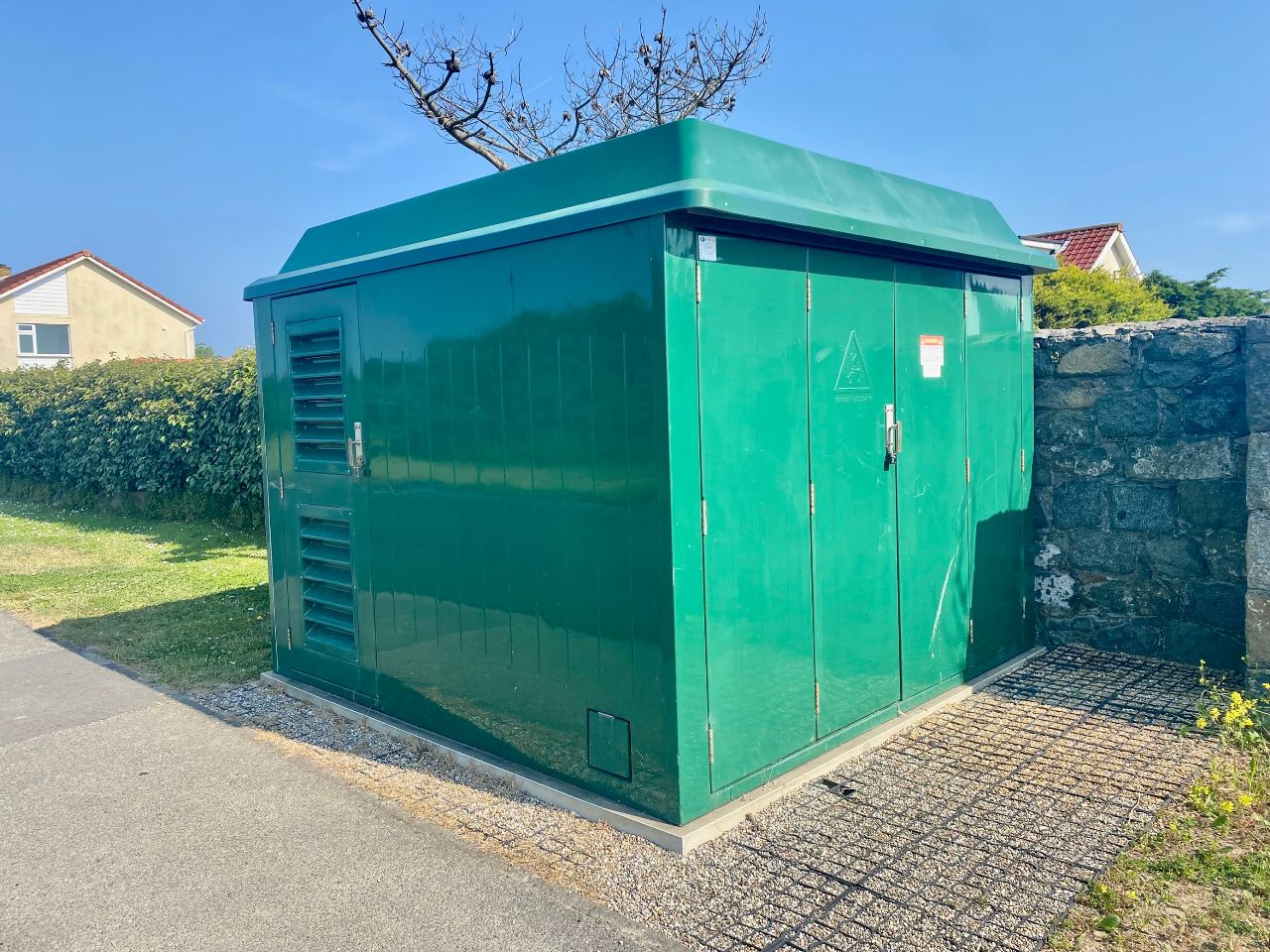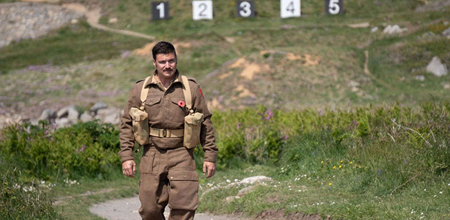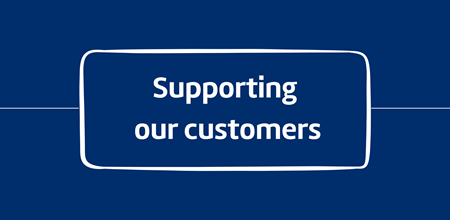We're featured in Aurigny's Envoyage magazine during April/May 2024 to give islanders a high-level overview of how our grid works behind the scenes, and relate it to something most of us use on a regular basis; our phones.
This journey to your phone is made up of at least 8 steps
- Generation
- Step Up
- Transmission
- Bulk Supply
- Step Down
- Underground Cables
- Service Cable
- Electricity Meter
Now, we don't expect you to know about all every step, so here is a short summary of each...
Step 1. Generation
In Guernsey, we import around 90% of our electricity annually.
Generated using low-carbon sources from the European grid, a sub-sea cable delivers this energy from France to Havelet Bay (via Jersey), then through underground cables at 90kV (kilovolts) to a substation in Victoria Avenue.
The rest of the demand is topped up on-island from our Community Solar schemes and fossil-fuel generation at the Vale power station.
Those of you who have been on our tours will know our power station is a giant system made up of many large, interconnected components all designed to achieve one outcome – powering life!

Step 2. Step Up
Once generated, electricity is passed through ‘Step-Up’ transformers which increases the voltage to a level suitable for the next stage of the journey to your phone. At higher voltages we can transmit more electricity through our network as this high voltage reduces energy losses during transmission, making the journey to your phone more efficient.
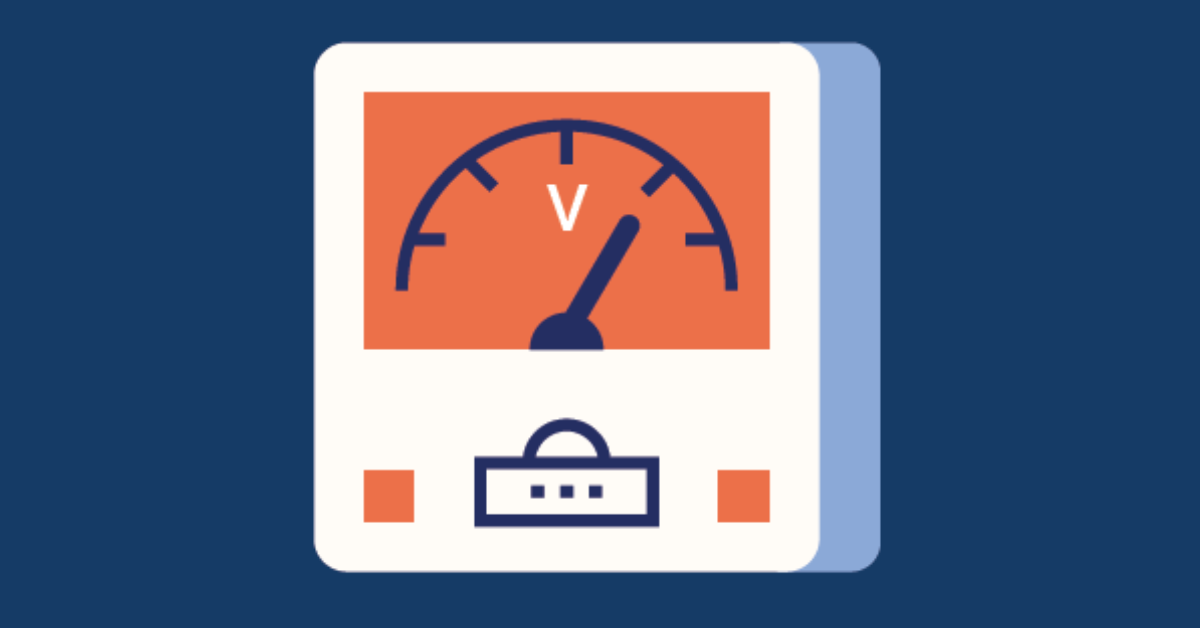
Step 3. Transmission
Your phone’s future charge is then transmitted over long distances to various substations via a network of High-Voltage (HV) transmission cables at 11kV and 33kV working hard beneath our feet 24/7.
Sometimes we get a glimpse of these underground cables, for example during road closures when our distribution engineers are upgrading or repairing electricity cables.
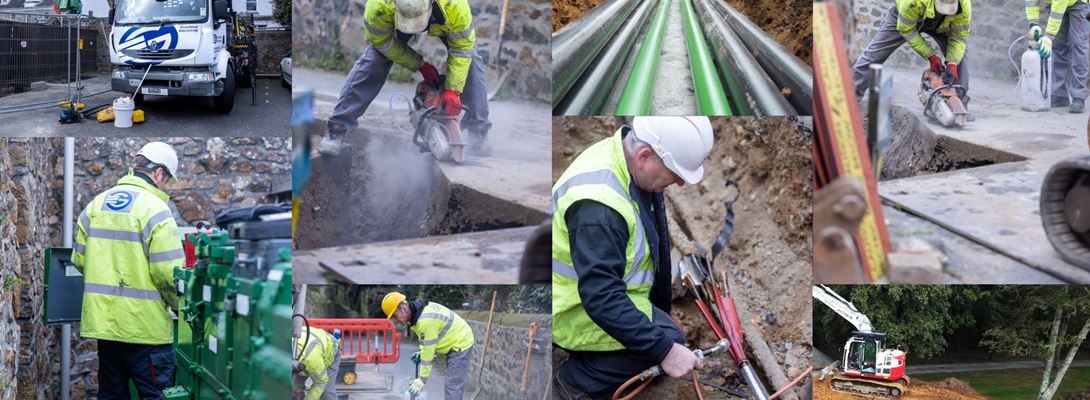
Interested in getting behind the scenes? We filmed the process of laying a 33kV cable 6.5 km across the Island, connecting two substations from the North of the Island to the Princess Elizabeth Hospital.
Step 4. Bulk Supply
Our ‘Bulk Supply Points’, such as those at Beau Sejour and the Princess Elizabeth Hospital, are the transmission hubs of our network where electricity is delivered in large quantities before being distributed to multiple customers in the local areas.
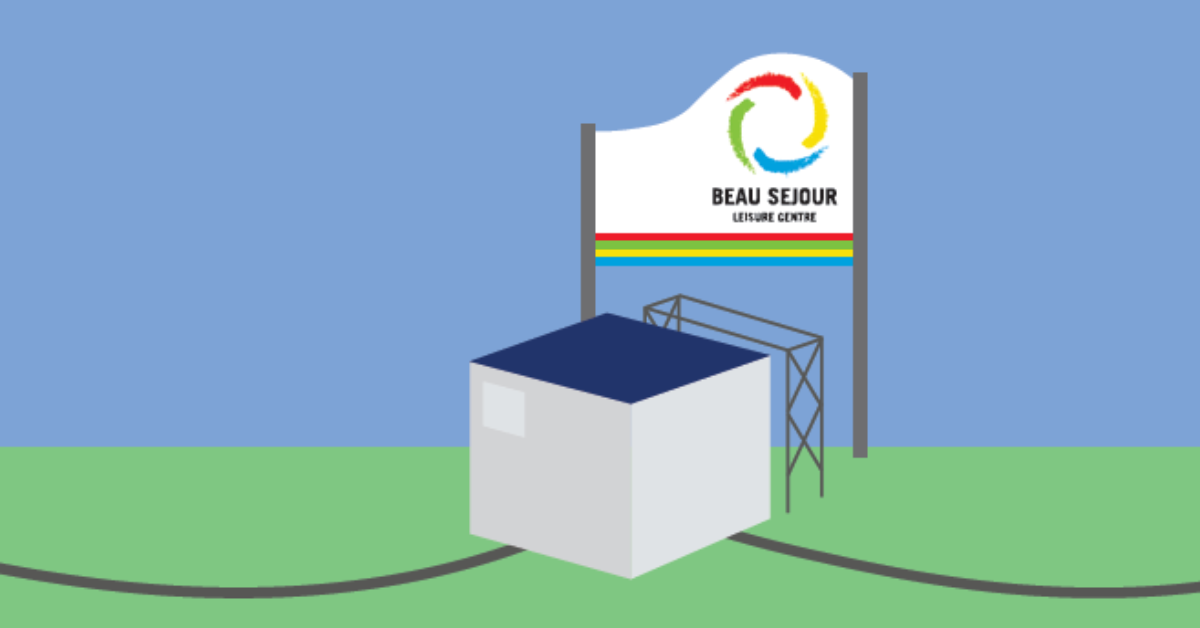
Step 5. Step Down
At one of over 400 substations strategically located at various intervals over the island, the high-voltage electricity is then ‘Stepped-Down’ to lower voltages for safe supply over ‘the final mile’ to charge up your devices.
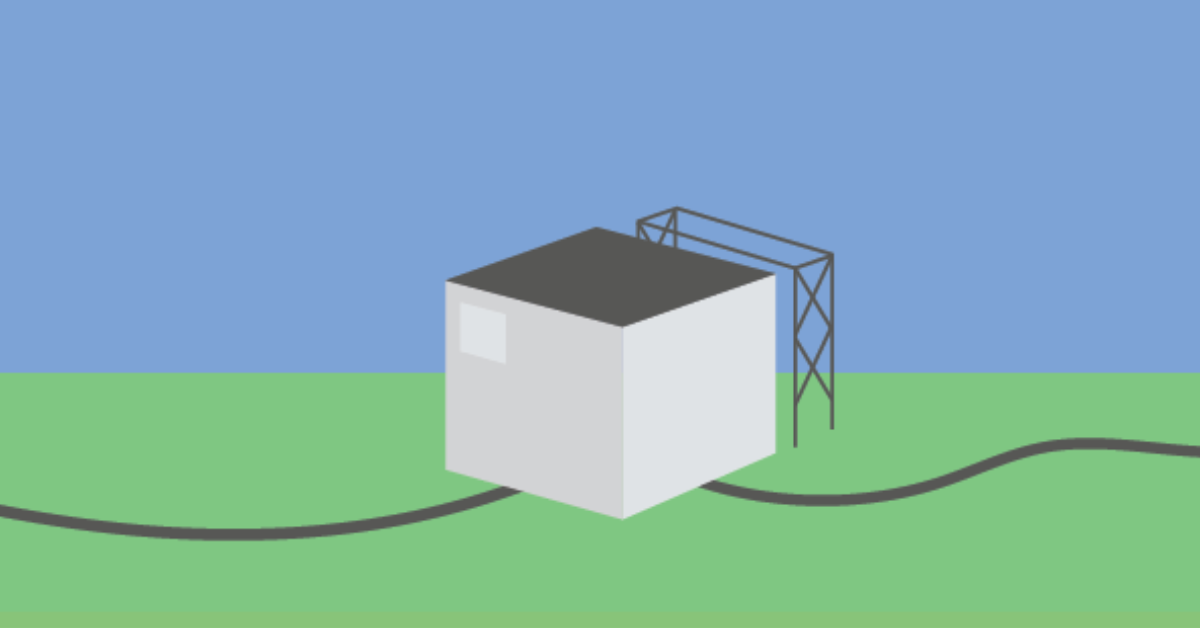
Step 6. Underground Cables
Electricity flows through underground supply cables that extend from the substation into communities and carry electricity to various points in that area.
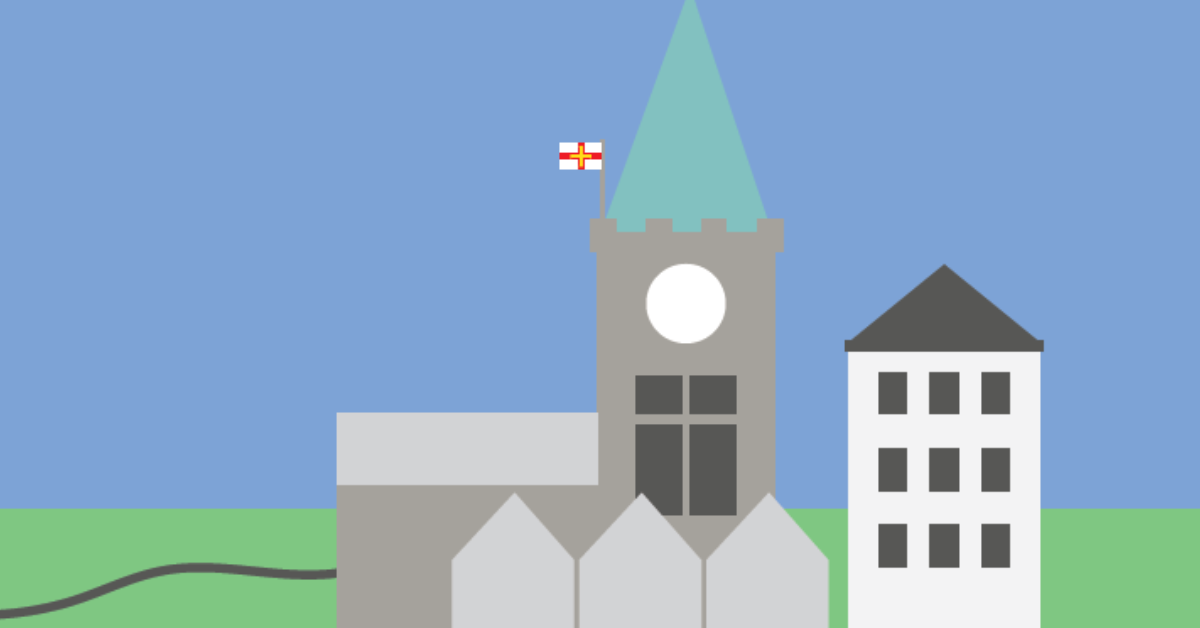
Our Secondary transformers reduce the voltage from 11kV to the 415V and 240V needed to safely charge your phone at home. You might see this in the form of our small green substations or on transformer pads.
Step 7. Service Cable
A length of underground cable reaches into your home to connect you with the wider low-voltage network in the road through the main breaker panel. Also known as an electrical service panel, consumer unit or fuse box, this is the point in your property where electricity enters before being distributed to every room as the dedicated power you need to charge your phone.
Step 8. Electricity Meter
Every home comes with at least one electricity meter which measures the amount of electricity your household uses. Recorded as total energy usage in kilowatt-hours (kWh), it’s this information that calculates your electricity bill.
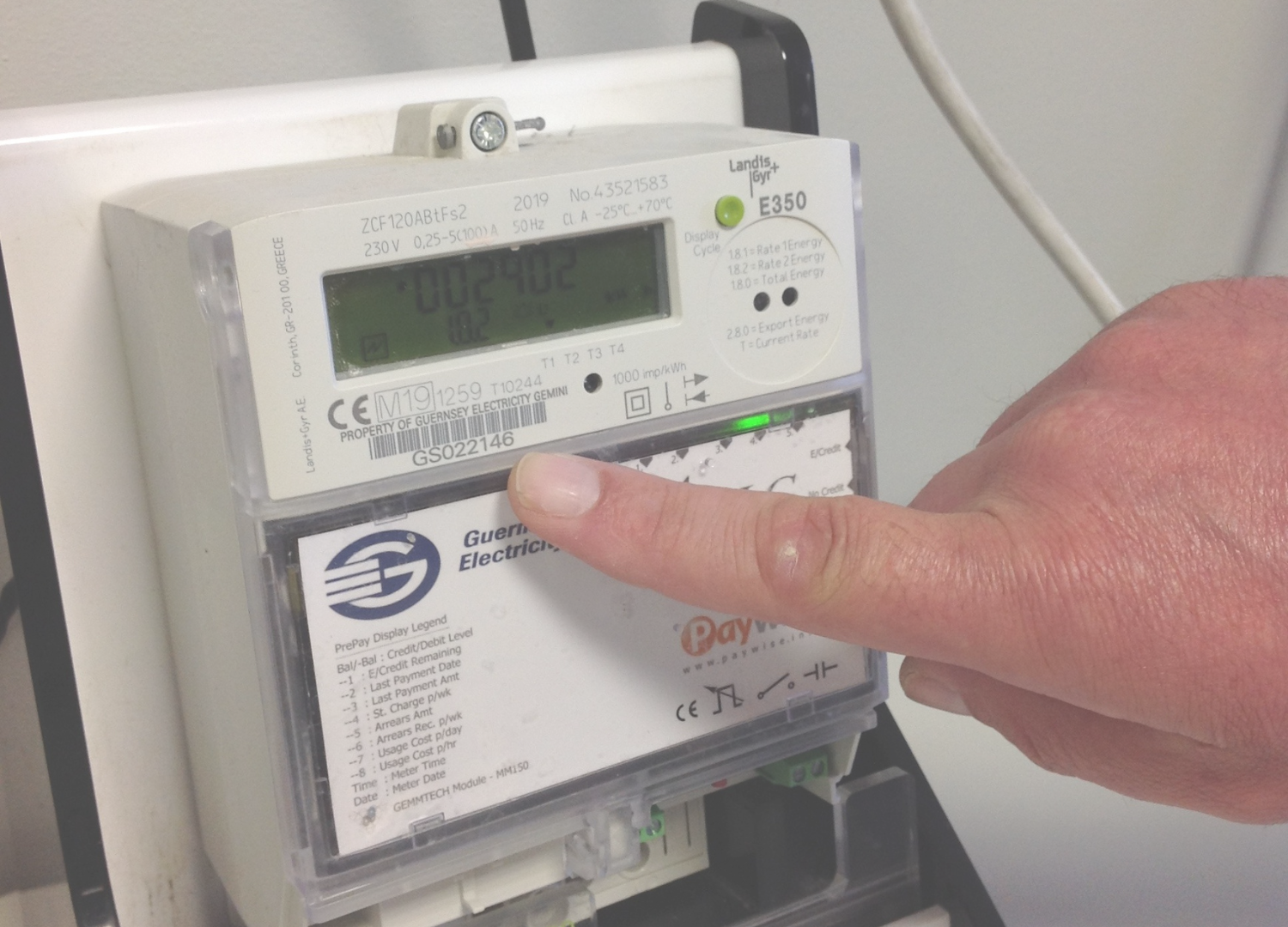
After it's long journey, electricity can finally be put to work powering up your phone and every other electrical device in your home or workplace.
TOP TIP:
The cleanest and least expensive time to use electricity is between 11pm and 5am. Use, run or charge electrical appliances where possible during this off-peak period to reduce your reliance on fossil-fuels.
- Washing machines
- Dishwashers
- Tumble dryers
- Hot water cylinders
- Electric Vehicle chargers
Want to learn more about our electricity network? Follow Guernsey Electricity on social media.








